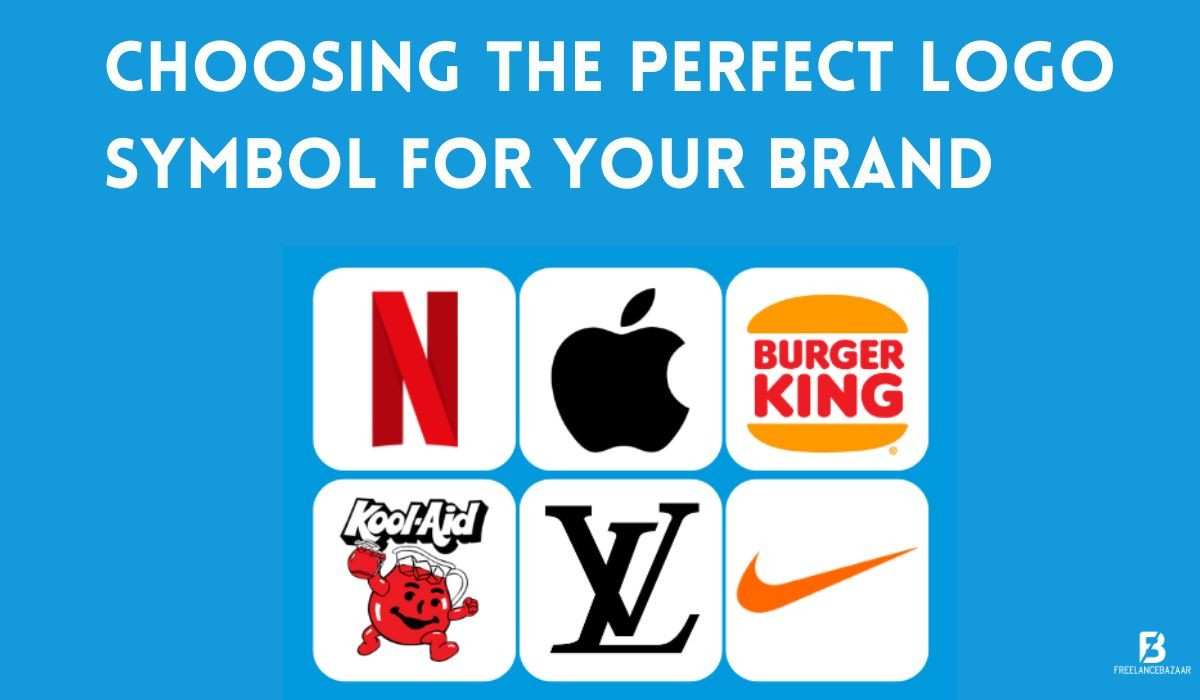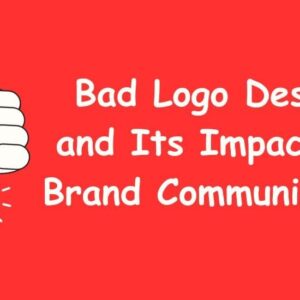In the vast world of branding, where first impressions matter profoundly, the significance of a logo cannot be overstated. It serves as the visual cornerstone of a brand, instantly communicating its essence and values to the audience. Among the myriad elements that constitute a logo, the symbol holds a unique position. It is the distilled essence of a brand, encapsulating its identity in a single, memorable image. In this blog, we delve into the power of symbolism and how choosing the c can profoundly impact your brand's perception.
Understanding Symbolism
Symbolism is a powerful tool in communication, art, and branding, enabling the encapsulation of complex concepts into simple yet meaningful representations. At its essence, symbolism involves imbuing objects, images, or actions with deeper significance beyond their literal interpretation. This practice facilitates the conveyance of abstract ideas and emotions in a concise and impactful manner.
In the realm of branding, symbols are crucial elements that significantly influence consumer perceptions and cultivate brand identity. Take, for instance, the iconic swoosh emblem of Nike. Beyond its simple design, the swoosh symbolizes movement, progress, and the pursuit of excellence. It encapsulates the brand's ethos of empowerment and athleticism, resonating with consumers on a visceral level. Similarly, the golden arches of McDonald's evoke notions of familiarity, comfort, and indulgence, ingraining themselves into the collective consciousness as a symbol of fast-food convenience.
These symbols transcend mere visual representations, functioning as beacons that guide consumer behavior and loyalty. They serve as shorthand for the values, aspirations, and promises associated with a particular brand, forging emotional connections that endure over time. Through effective utilization of symbolism, brands can leverage the power of imagery to cultivate distinct identities and foster meaningful relationships with their target audience.
Beyond the realm of branding, symbolism permeates various aspects of human expression, from literature and art to religious rituals and cultural practices. It serves as a universal language through which individuals can communicate and interpret complex ideas and experiences. By decoding symbols, individuals gain deeper insights into the world around them, uncovering layers of meaning that enrich their understanding and appreciation of diverse contexts.
In essence, symbolism serves as a bridge between the tangible and intangible, allowing for the exploration and expression of profound truths and emotions. Whether in branding or broader cultural contexts, symbols wield a transformative power, shaping perceptions, sparking imagination, and forging connections that transcend the boundaries of language and culture.
The Psychology of Symbols
Symbols play a significant role in shaping human psychology, influencing emotions, perceptions, and behaviors on both conscious and subconscious levels. Whether it's the cross representing Christianity, the yin-yang symbolizing balance, or the national flag embodying patriotism, symbols hold immense power in communicating complex ideas and values succinctly.
One reason for the potency of symbols lies in their ability to tap into universal archetypes present in the collective unconscious, as described by Swiss psychologist Carl Jung. These archetypes, such as the hero, the mother, or the shadow, resonate across cultures and epochs, imbuing symbols with a timeless resonance that transcends linguistic barriers.
Moreover, symbols often carry layers of meaning, which can be interpreted differently based on individual experiences, societal norms, and historical contexts. For instance, the dove may symbolize peace for one person, while for another, it may evoke religious connotations or memories of a personal event.
In branding and marketing, understanding the psychology of symbols is crucial. The choice of a logo or icon can profoundly impact how consumers perceive a brand, influencing their trust, loyalty, and purchasing decisions. A well-chosen symbol not only communicates the brand's values and identity but also resonates with its target audience, forging a deeper emotional connection. Thus, the psychology of symbols is a potent tool for shaping human behavior and perception in various domains of life.
Factors to Consider When Choosing a Logo Symbol
Selecting the perfect symbol for your brand requires careful consideration of several factors:
1. Simplicity: An effective logo symbol ought to be uncomplicated and instantly recognizable, even with just a quick glance. Complexity can dilute its impact and make it less memorable.
2. Relevance: The symbol should align with your brand's identity, values, and industry. It should communicate a message that deeply resonates with your intended audience.
3. Uniqueness: Your logo symbol should set your brand apart from the competition. It should be distinctive enough to avoid confusion with other brands.
4. Scalability: A versatile logo symbol should be scalable, meaning it retains its clarity and impact across various sizes and mediums, from billboards to business cards.
Examples of Successful Logo Symbols
Another example is the Nike swoosh, a symbol recognized worldwide for its association with athleticism, determination, and victory. The swoosh embodies movement and progress, reflecting Nike's commitment to helping athletes push beyond their limits. Its simplicity and dynamic design make it instantly recognizable, whether on a pair of sneakers or sportswear.
McDonald's golden arches are another prime example of effective logo symbolism. Originally inspired by the architecture of the chain's early restaurants, the golden arches now represent more than just fast food; they symbolize familiarity, convenience, and affordability. The logo's ubiquity has made it synonymous with the McDonald's brand, ingraining itself into global popular culture.
The Volkswagen logo, with its iconic "VW" enclosed within a circle, is yet another emblem of successful logo symbolism. The circular shape suggests unity and completeness, while the interlocking letters signify the company's German heritage and its commitment to quality engineering. Over the years, this logo has become synonymous with reliability and innovation in the automotive industry.
A lesser-known but equally impactful example is the Amazon logo. The arrow connecting the letters "A" and "Z" not only forms a subtle smile but also represents the company's ambition to provide everything from "A to Z" to its customers. Additionally, the arrow points from "A" to "Z," symbolizing the seamless shopping experience and vast selection offered by the e-commerce giant.
Finally, the Twitter bird logo has become a universally recognized symbol of communication and connectivity. The bird in flight embodies freedom of expression and the ability to share thoughts and ideas instantaneously. Its simplicity and versatility have allowed it to become a staple of the digital age, representing Twitter's role as a platform for real-time conversation and information sharing.
In conclusion, these examples demonstrate the power of symbolism in logo design. A well-crafted symbol can transcend language and cultural barriers, conveying complex ideas and emotions with just a simple image. By leveraging symbolism effectively, brands can establish strong connections with their audience and leave a lasting impression in their minds.
Conclusion
In the competitive landscape of branding, a well-crafted logo symbol can be a game-changer for your brand. It serves as the cornerstone of your visual identity, communicating your brand's essence to the world. By understanding the power of symbolism and carefully considering factors such as simplicity, relevance, uniqueness, and scalability, you can choose the perfect logo symbol that resonates with your audience and elevates your brand to new heights.





